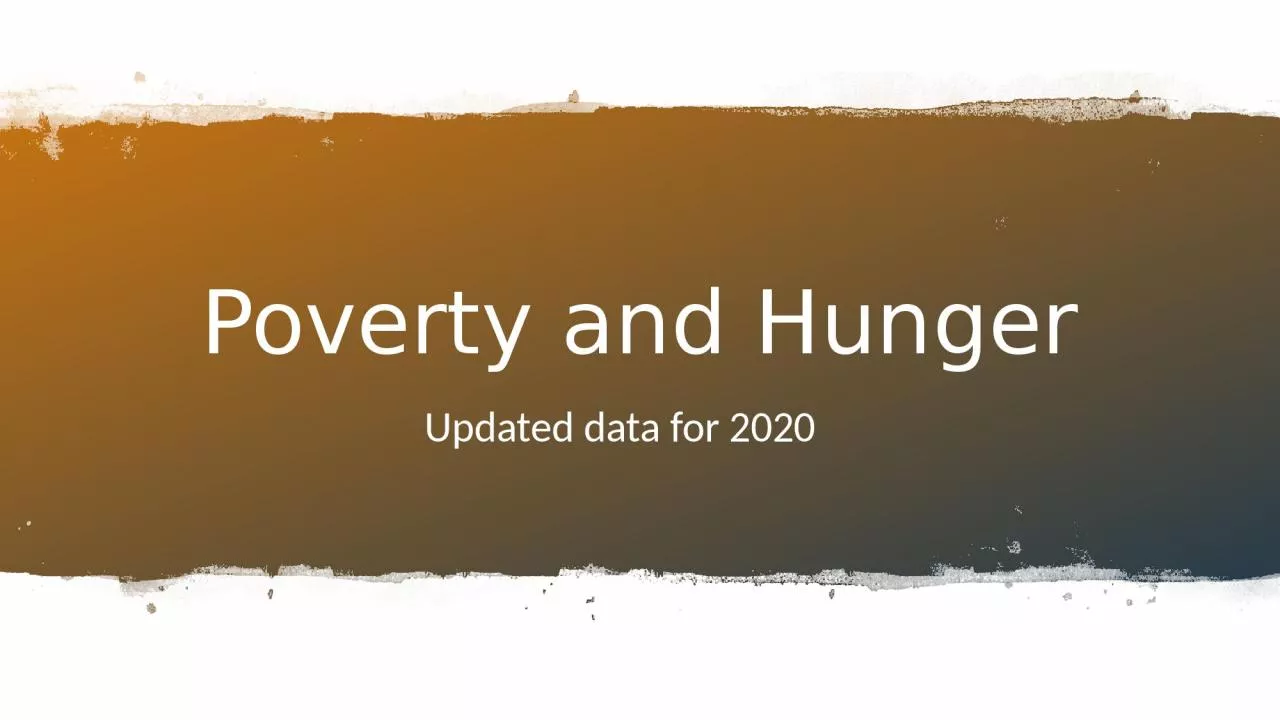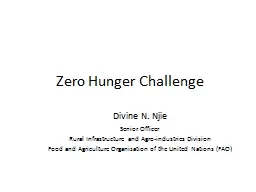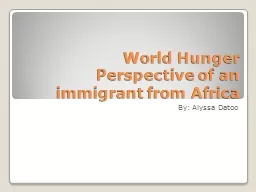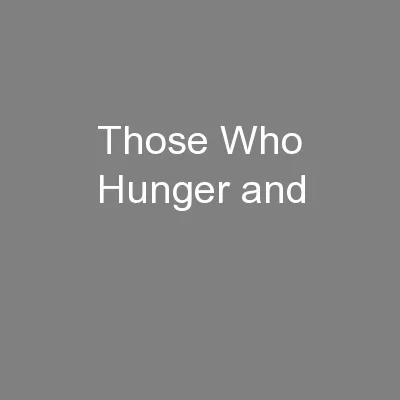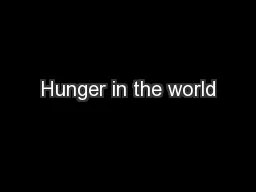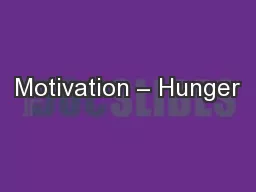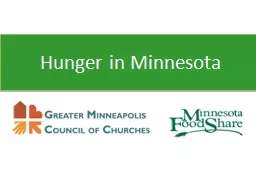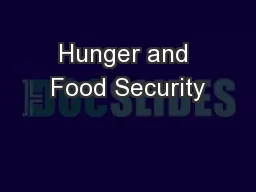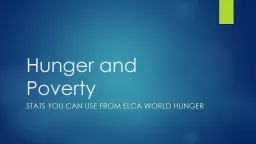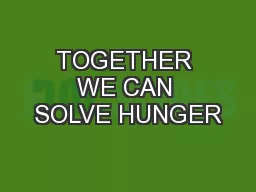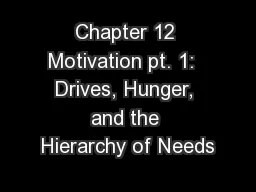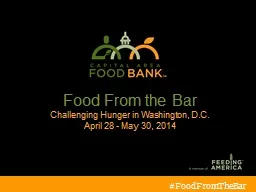PPT-Poverty and Hunger Updated data for 2020
Author : cecilia | Published Date : 2024-03-15
How to Use Please use this presentation for your own information or to help prepare for presentations develop newsletter content or otherwise to raise awareness
Presentation Embed Code
Download Presentation
Download Presentation The PPT/PDF document "Poverty and Hunger Updated data for 2020" is the property of its rightful owner. Permission is granted to download and print the materials on this website for personal, non-commercial use only, and to display it on your personal computer provided you do not modify the materials and that you retain all copyright notices contained in the materials. By downloading content from our website, you accept the terms of this agreement.
Poverty and Hunger Updated data for 2020: Transcript
Download Rules Of Document
"Poverty and Hunger Updated data for 2020"The content belongs to its owner. You may download and print it for personal use, without modification, and keep all copyright notices. By downloading, you agree to these terms.
Related Documents

